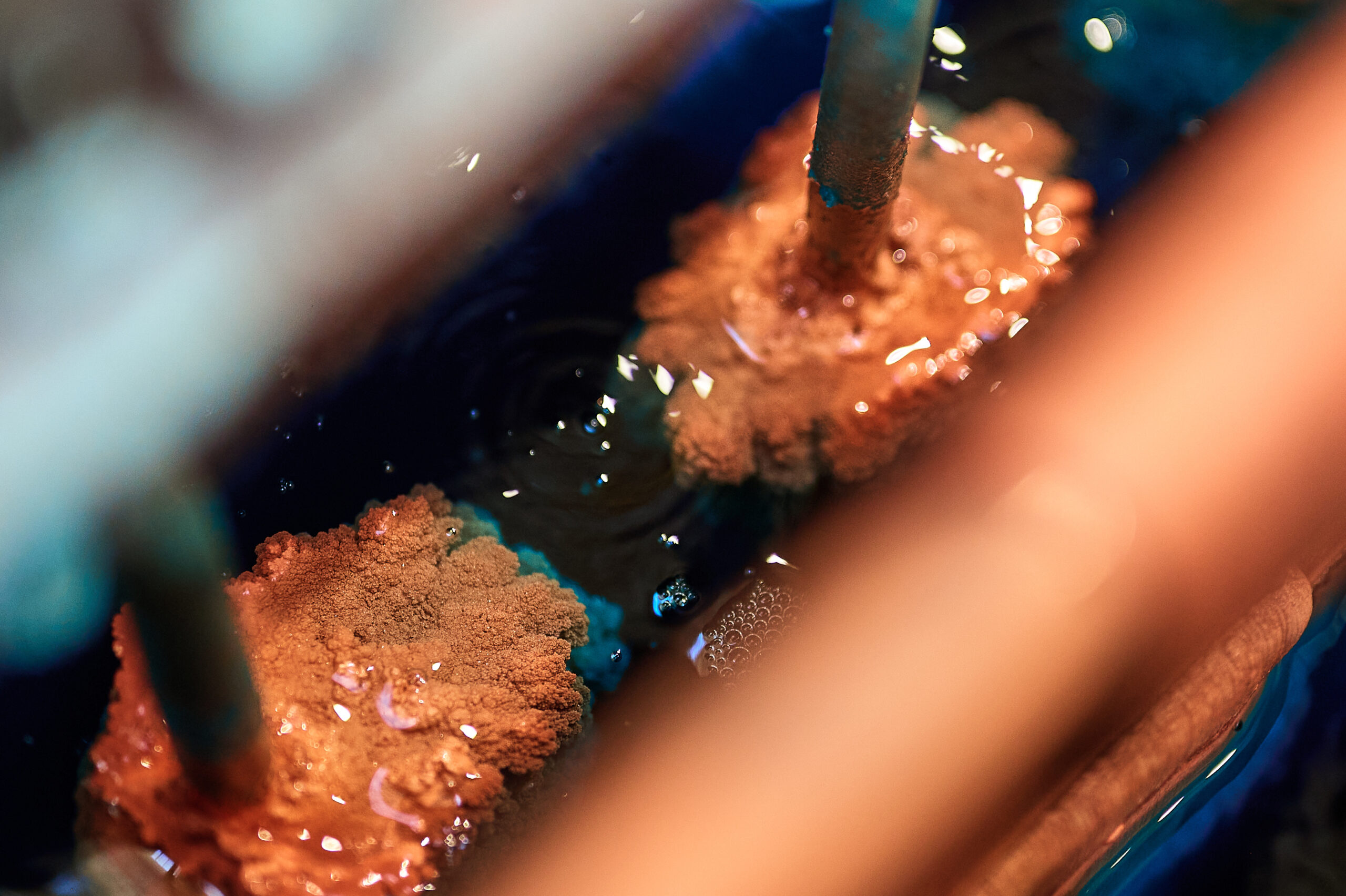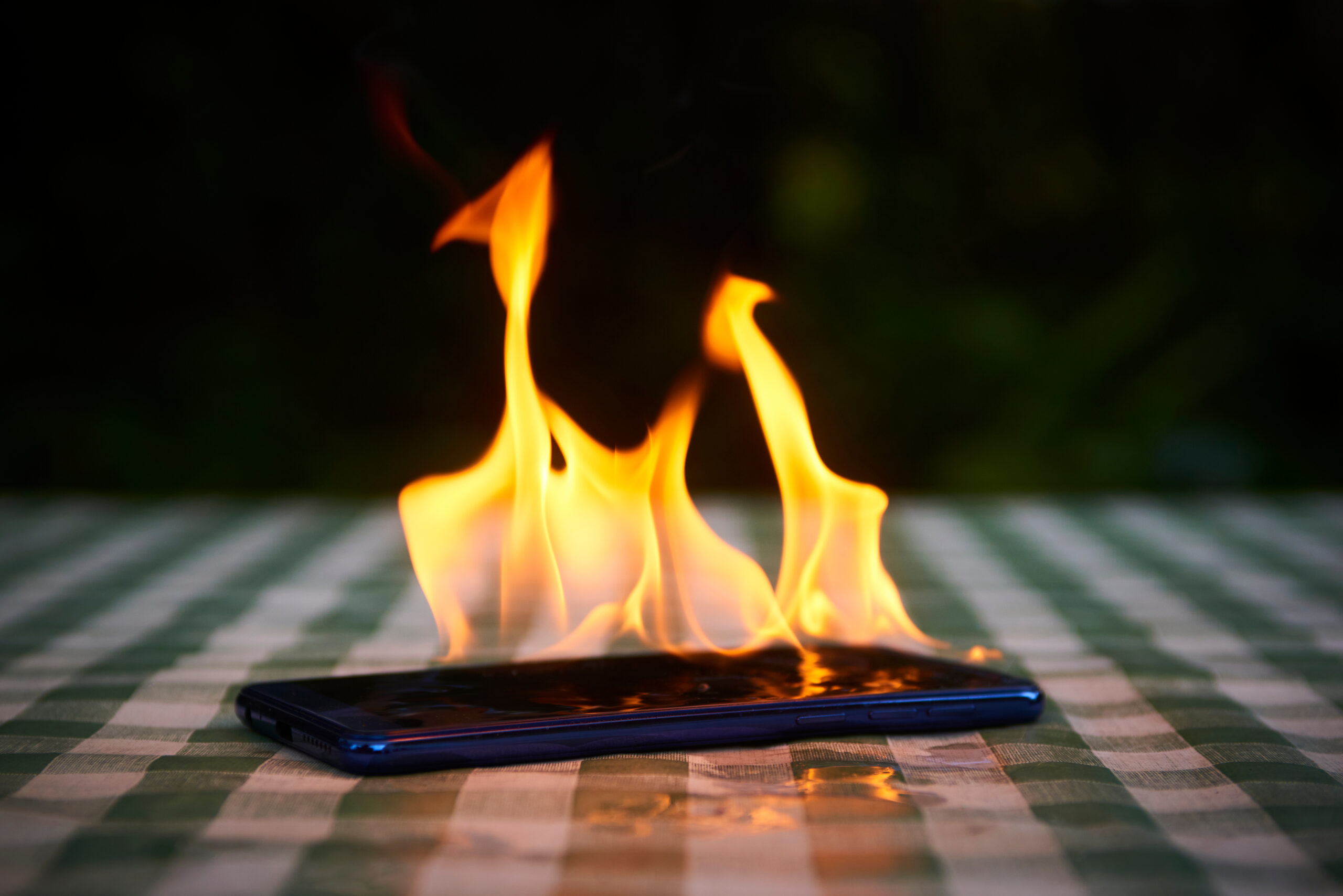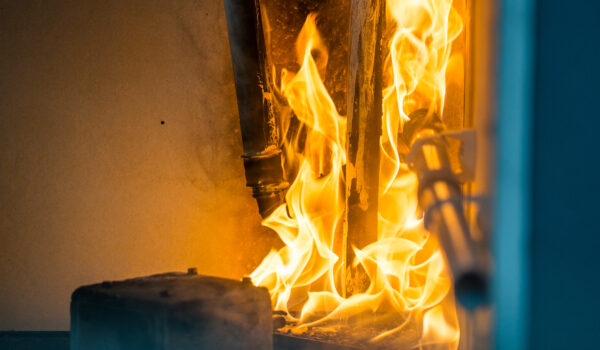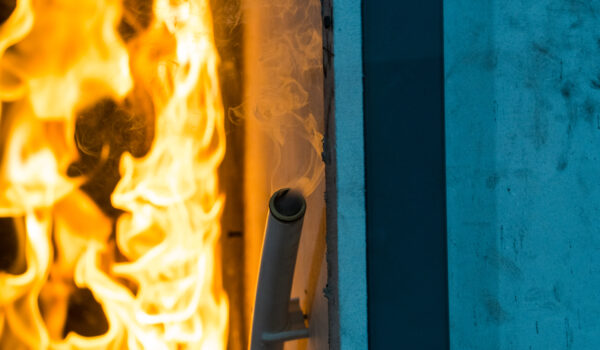With a melting point of 1,085°C, copper has long been admired for its strong fire safety credentials.
But did you know that copper also plays a key role in putting out fires?
When reduced to a powder form, copper becomes an effective agent for extinguishing lithium battery fires.
But what is copper powder? And why is set to become an essential part of fire response in the decades ahead?
What is copper powder?
Copper powder is a finely granulated form of copper made from metallic copper. There are several methods for making copper powder, the most commercially popular one being atomisation.
During this process, molten copper is broken down into small particles using a high-pressure spray of either gas or water.
Upon contact with the spray, the molten copper scatters and solidifies into particles, cooling rapidly as it falls through the air.
This leaves a fine, shiny powder, providing people with a different way to use copper while retaining all the benefits of its unique set of properties.
What are the uses of copper powder?
Copper powder is very versatile, with the material one of the most widely used in powder metallurgy.
It’s often used for making small mechanical components like gears and bearings. It’s also used widely in the chemical industry, featuring in everything from paint to printer ink.
Copper powder has several unique properties that make it superior to most other metal powders. It’s malleable, non-corrosive and – most importantly for fighting lithium battery fires – highly conductive.

How copper powder is used to extinguish fires
Just as water and firefighting foam are used to extinguish structural fires, copper powder can be used to fight lithium battery fires.
Copper powder was first introduced as an extinguishing agent for lithium fires in the 1970s, when the US Navy developed a new type of copper powder, specially made for fighting lithium and lithium alloy fires.
Upon contact with the lithium flame, copper powder forms a compound with the burning metal, which works to smother the fire. The copper serves as a heat sink – owing to its high thermal conductivity – cooling the burning lithium until it forms into a hardened crust.
To this day, copper powder remains the extinguishing agent of choice for fighting static and flowing lithium fires.
The importance of copper powder in fire safety
The transition to electric vehicles will be powered in large part by lithium, with the metal a key component of the rechargeable lithium-ion batteries found in many electric cars, bikes and scooters, as well as other electronic devices like laptops and mobile phones.
When the batteries powering these devices malfunction or are damaged, they heat up rapidly, leading to a phenomenon known as thermal runaway. During this process, the battery leaks flammable gases that can ignite nearby materials.
As gas-powered cars are phased out and replaced by battery-powered vehicles, the risk of lithium battery fires will grow.
Recent data already points to this trend. Last year, London firefighters were called out to 88 e-bike-related lithium battery fires alone, an 80% increase from the previous year.
Other data shows that fires caused by lithium-ion batteries are already costing the UK economy £158 million per year, with this type of fire also accounting for nearly half of waste fires.
Given that the global demand for lithium-ion batteries is expected to rise by more than 650% between 2022 and 2030, these numbers only look set to grow.
Copper powder – as the leading choice for fighting lithium battery fires – has a vital part to play, then, in fire response for future generations.

Learn more about the role of copper in fire safety below.
Copper: the fire-fighting metal
Known in plumbing and construction as a material with superb fire safety credentials, copper is now finding use in fire response as well as fire prevention.
And as lithium battery fires become more common, copper stands ready to minimise damage and prevent loss of life.
Want to learn more about copper and its impressive properties? Check out the rest of our news items or subscribe to our newsletter.

